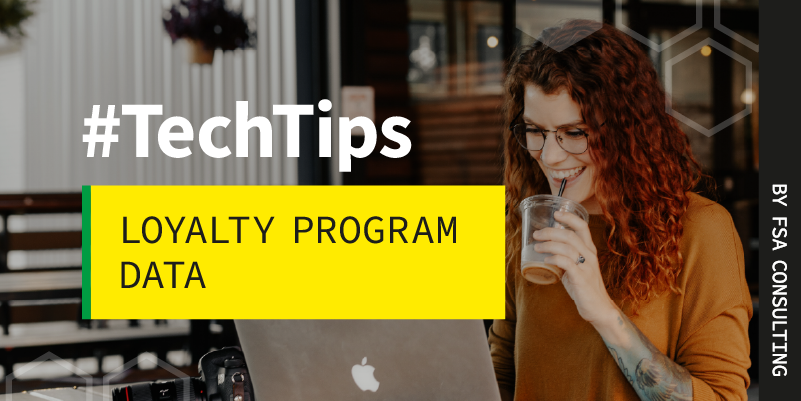Restaurant loyalty programs have moved from punch cards to phone apps. Many brands created programs that are unique and critical to their success. Some offer discounts on future purchases. Others earn points toward free items. And, some reinforce your business’ commitment to the community by giving back.
No matter what kind you choose, the move from analog to digital benefits everyone. Your customers don’t need to find your card in the pile of other rewards cards. And you are collecting data on your most popular options, customer behavior, and sales trends so you can optimize everything from your offerings to scheduling to workflow. Here are 6 ways you can utilize your loyalty program data:
Customer Behavior
While your staff may know your regulars’ favorite orders by heart, the data can show you more. Like how frequently they come in, how much they spend with you in a year, and how long they have been a customer. This can help you recognize that loyalty and even customize your rewards based on their favorites.
Preferences
When you look at customer loyalty program data by individuals, or in the aggregate, you learn what your customers like. Knowing favorites can help improve the program by offering more enticing rewards. Therefore, if a popular side is available for free after so many points or visits, that can encourage folks to keep coming back.
Habits
Of course you know certain unchanging things about customer habits — like football season is also wing season. But, if you look closely at the data, you can also determine what things are best sellers at certain times of day, or when customers are more likely to spend more. This can help you with inventory, planning specials, and even scheduling front and back of house.
Product Development
When you know what is preferred, and when people are more likely to order it, you can then develop more offerings with specific seasonal ingredients. Obviously, Starbucks didn’t see the popularity of the Pumpkin Spice Latte and stopped their autumnal offerings there! (At this point, there’s a strong possibility that the napkins smell like pumpkin in the fall).
Marketing Strategy
Customer data doesn’t just help the front and back of house. It can also guide your marketing strategy. By knowing where your customers live and their ages, you can better understand where you should invest your advertising dollars. If your customers skew younger, maybe spend money on some Spotify or social media ads. If your customers are mostly local, don’t spend the dollars on a billboard on the interstate.
Spending and Pricing
This data can help you optimize your margins. Compare the best (and worst) sellers against your expenses. Are you making a good profit on your customer favorites? Maybe you can cut back on expensive ingredients if they’re not popular or lose steam at a certain time of year.
Note:
While your loyalty program can tell you a lot about your customer’s relationship to you, it can’t tell you everything about your customer. It cannot provide you information on your customer’s overall spending habits, what other rewards programs they use, or what competitors they frequent.
Do you already have a loyalty program? Are you trying to decide which is best? A loyalty program is a cost-efficient way to reward and retain happy customers. Acquiring a new customer is 5 to 25 times more expensive than retaining a current one.
Contact us for a consultation and we can help get your rewards system up and running. Your customers will thank you!
Call us today to see what personalized managed IT can do for you.

